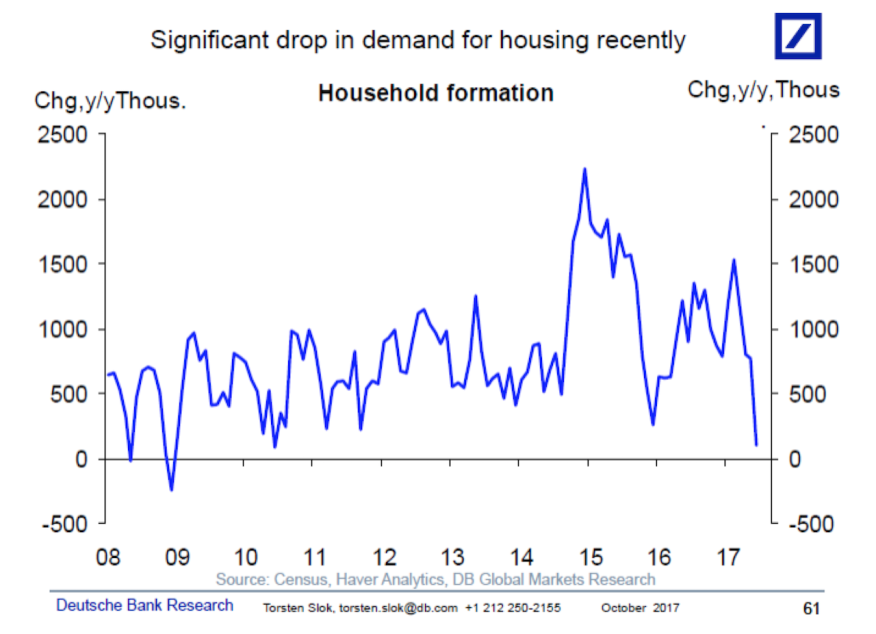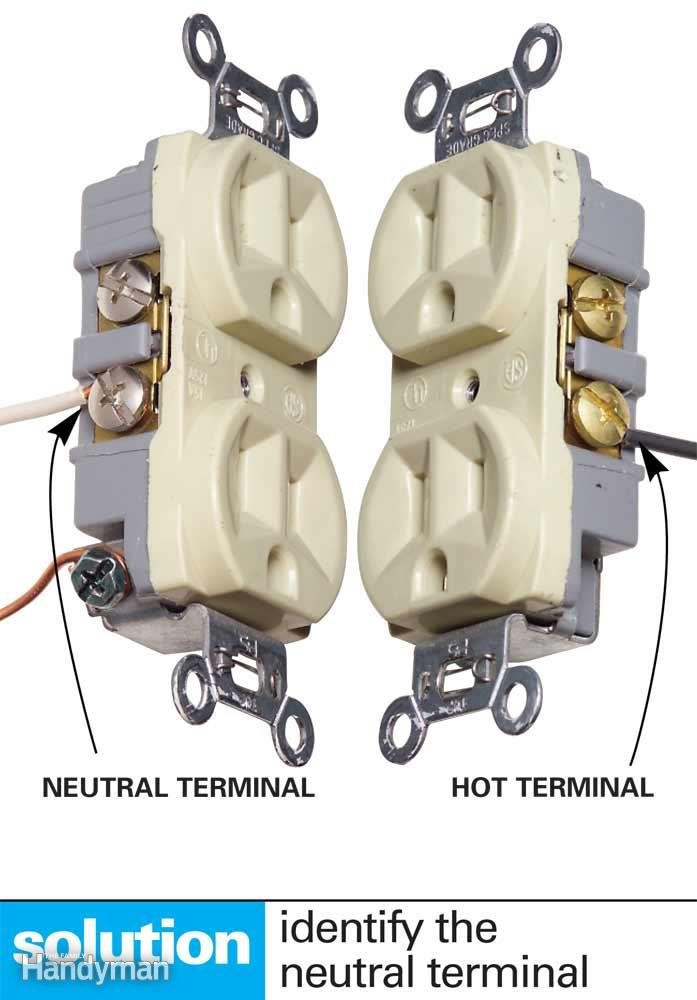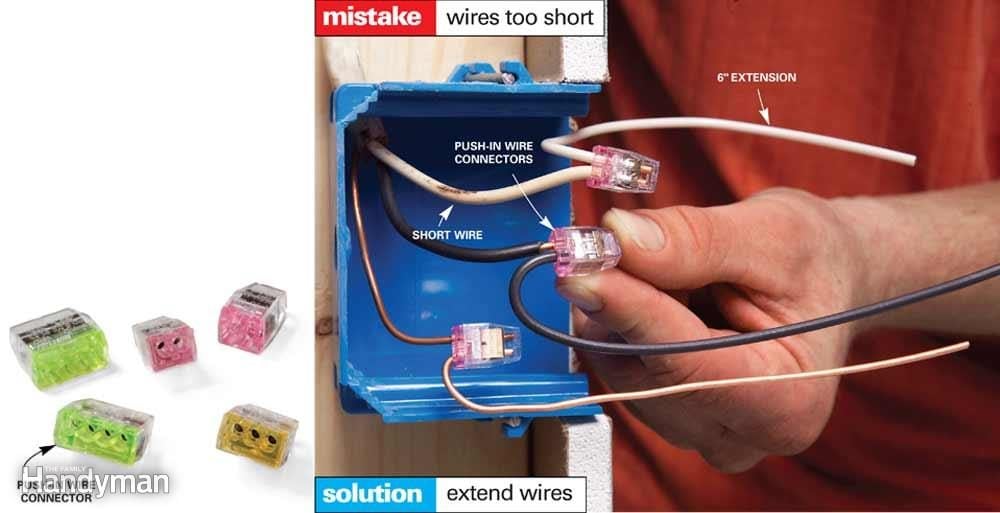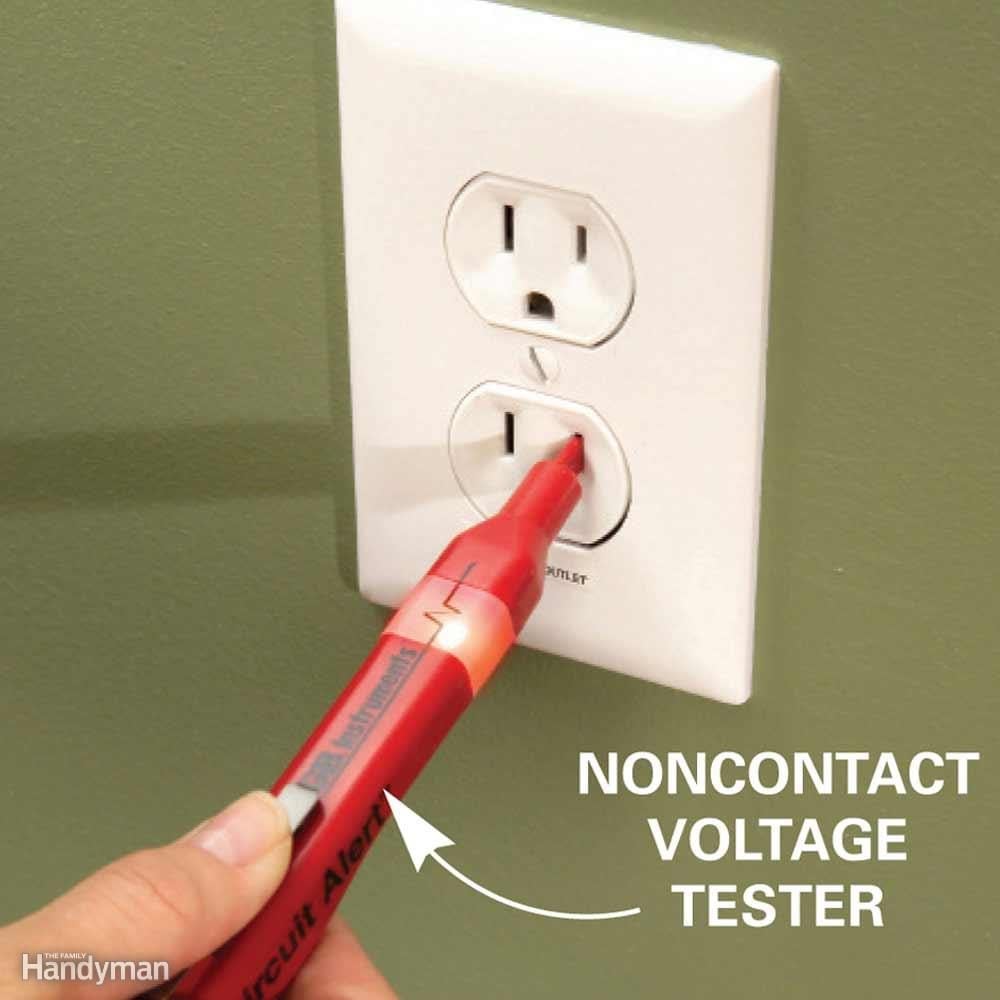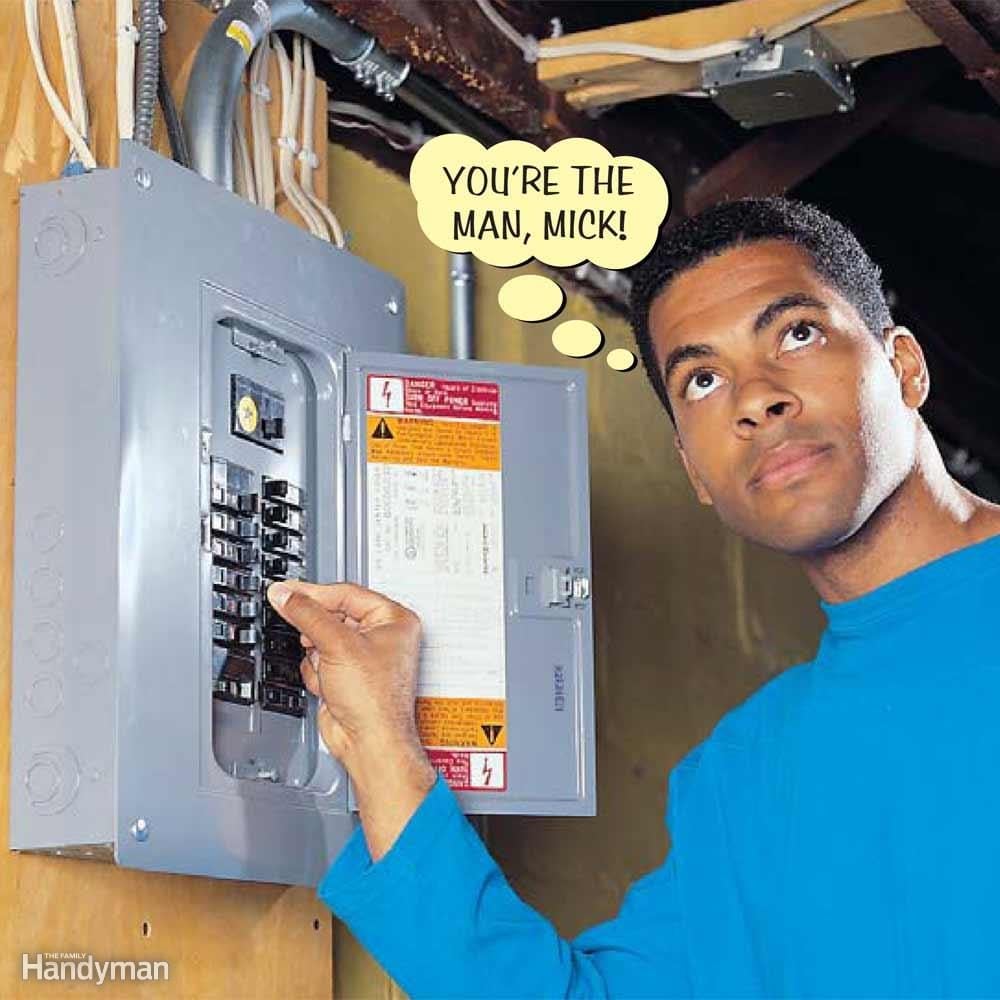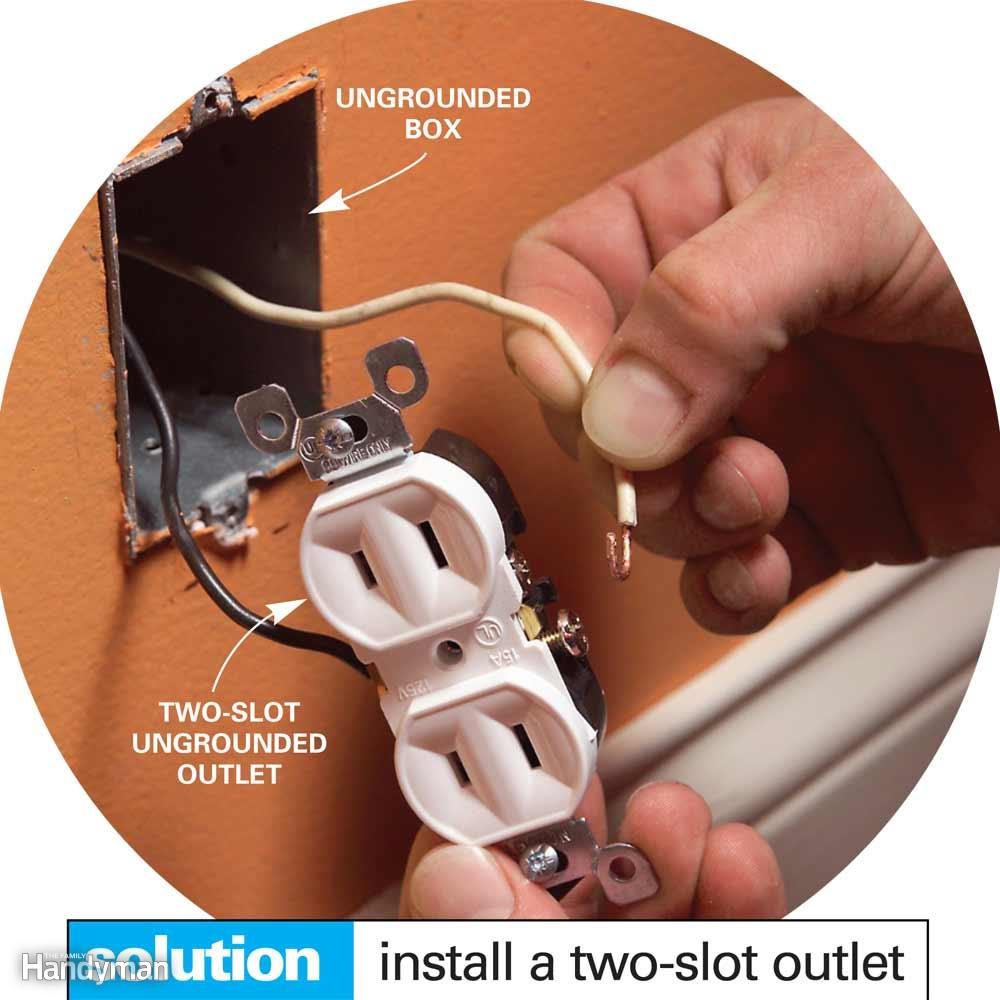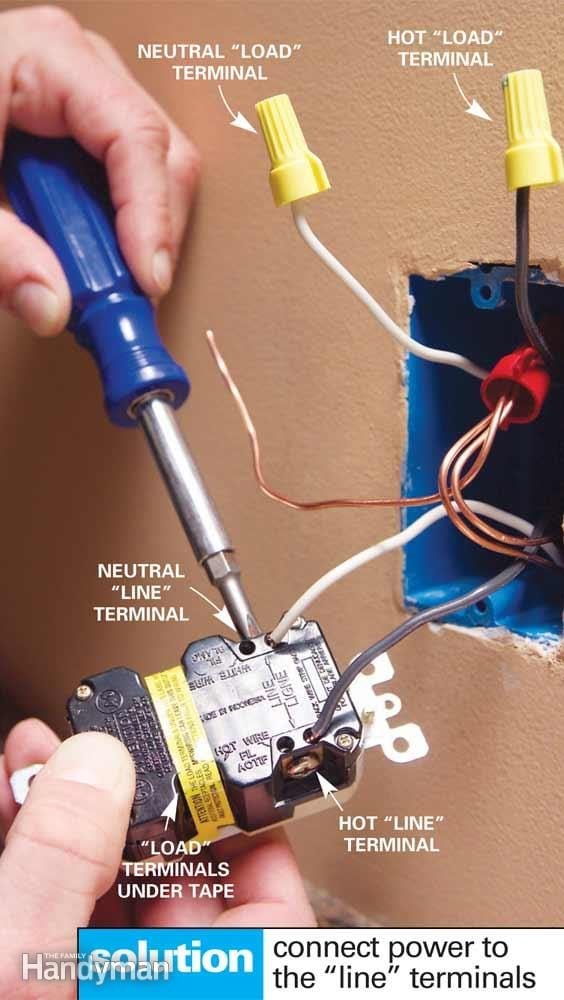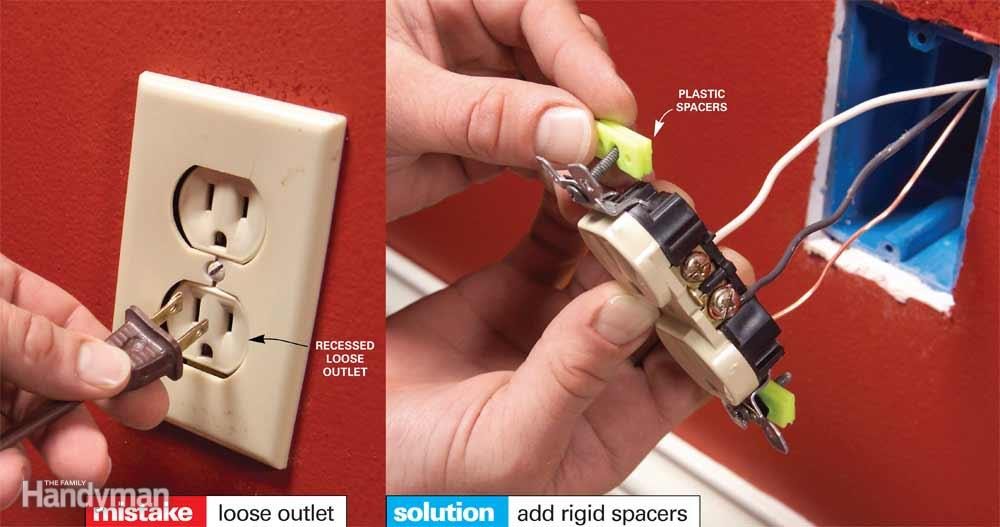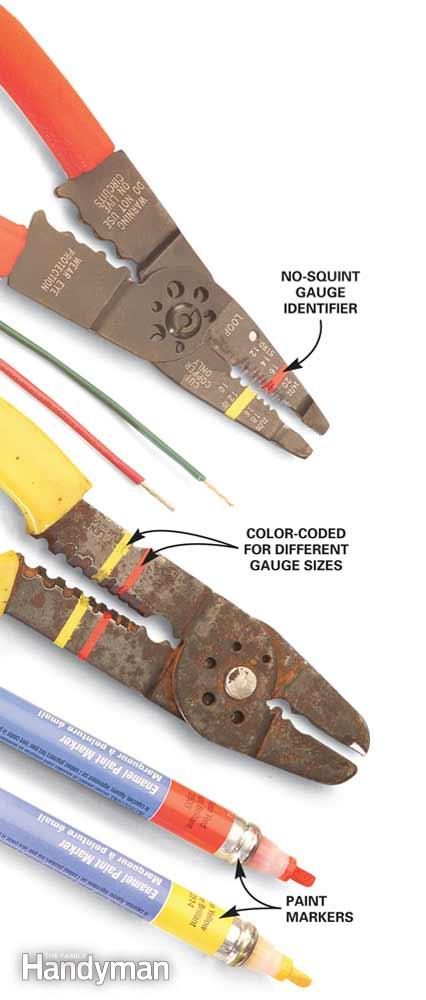For the 15th consecutive month, US home values have increased by at least 6%, according to Zillow’s October housing market report.
That’s double the annual rate of appreciation of a “normal” market, says Svenja Gudell, Zillow’s chief economist.
Compared to October 2016, the median home in the US gained $12,500 in value as housing inventory remains low and demand surges. What’s more, in over half of the country’s largest metros, homes are worth more than they were before the recession.
“We are in the midst of an inventory crisis that shows no signs of waning, impacting potential buyers all across the country,” Gudell said.
“Home values are growing at a historically fast pace, and those potential buyers want to get in the market while they still can,” she continued. “But with homes gaining so much value in just one year, buyers – especially first-time buyers – have to set aside more and more money for a down payment just to keep up with them.”
Some West Coast markets have seen huge gains. The median home value in San Jose rose 12.3%, or $118,200, since last October, according to Zillow. San Jose’s median home value is up to $1.08 million.
In Seattle, the metro with the second-biggest gains, home values rose 11.7% year-over-year to$457,700.
Ultimately though, lower-valued homes nationwide are experiencing the largest increase in value, according to Zillow, gaining 8.4% over the last year. The median for homes valued in the bottom third of all homes nationwide is now $118,200. Meanwhile, the typical home value in the top-third rose only 3.8%, to $358,900.
read more…
https://www.yahoo.com/finance/news/home-prices-america-increasing-double-130000739.html

